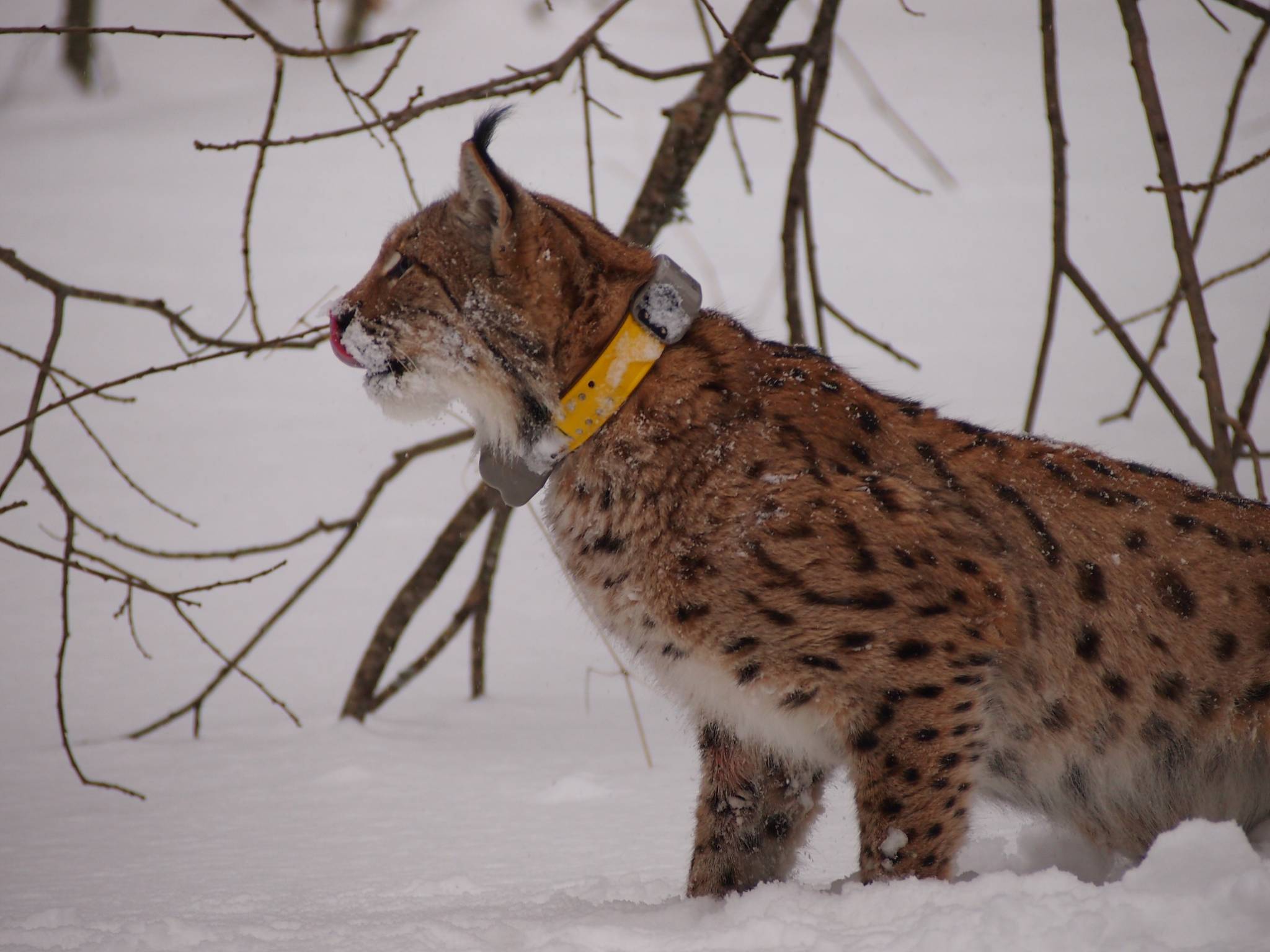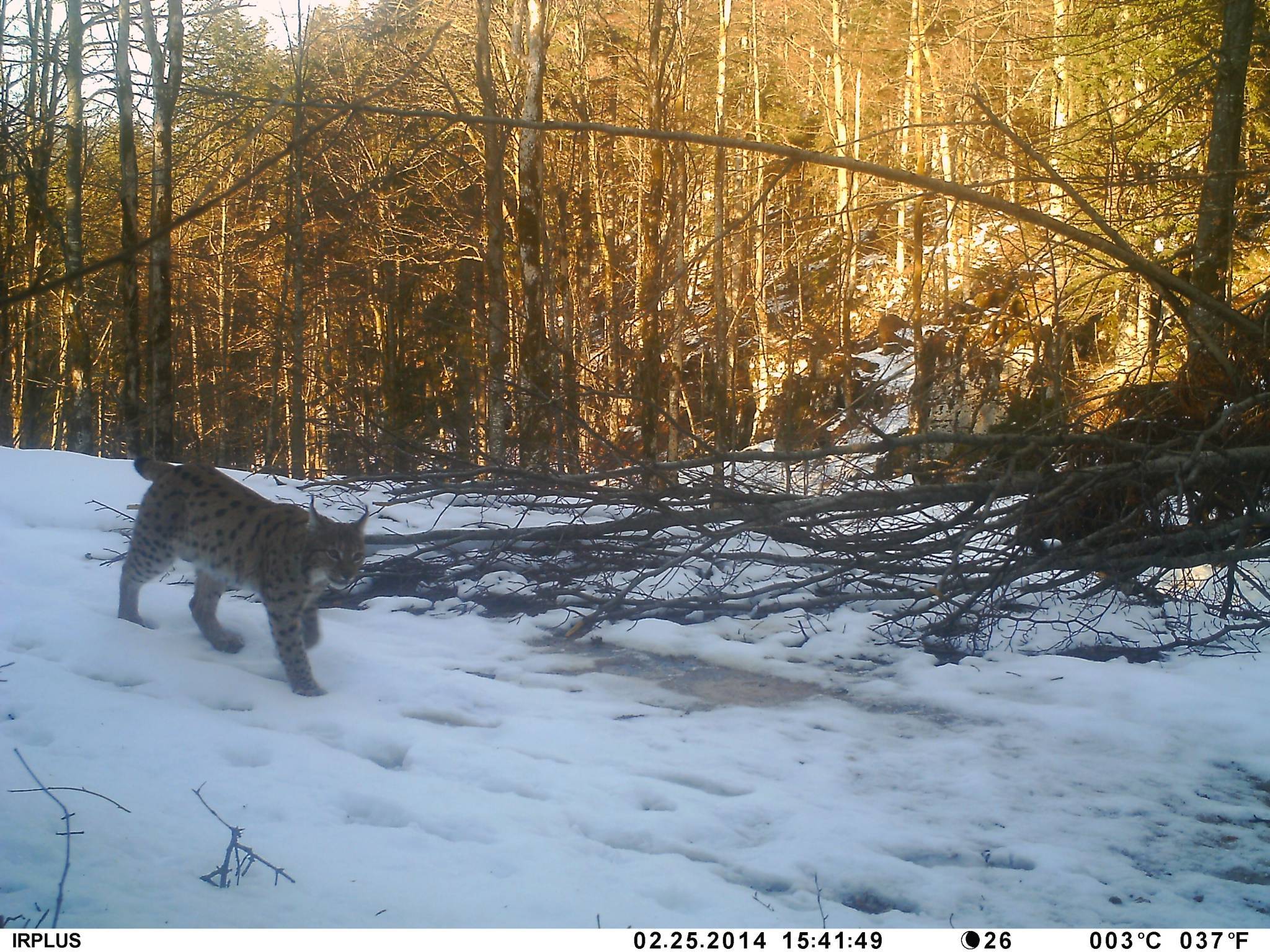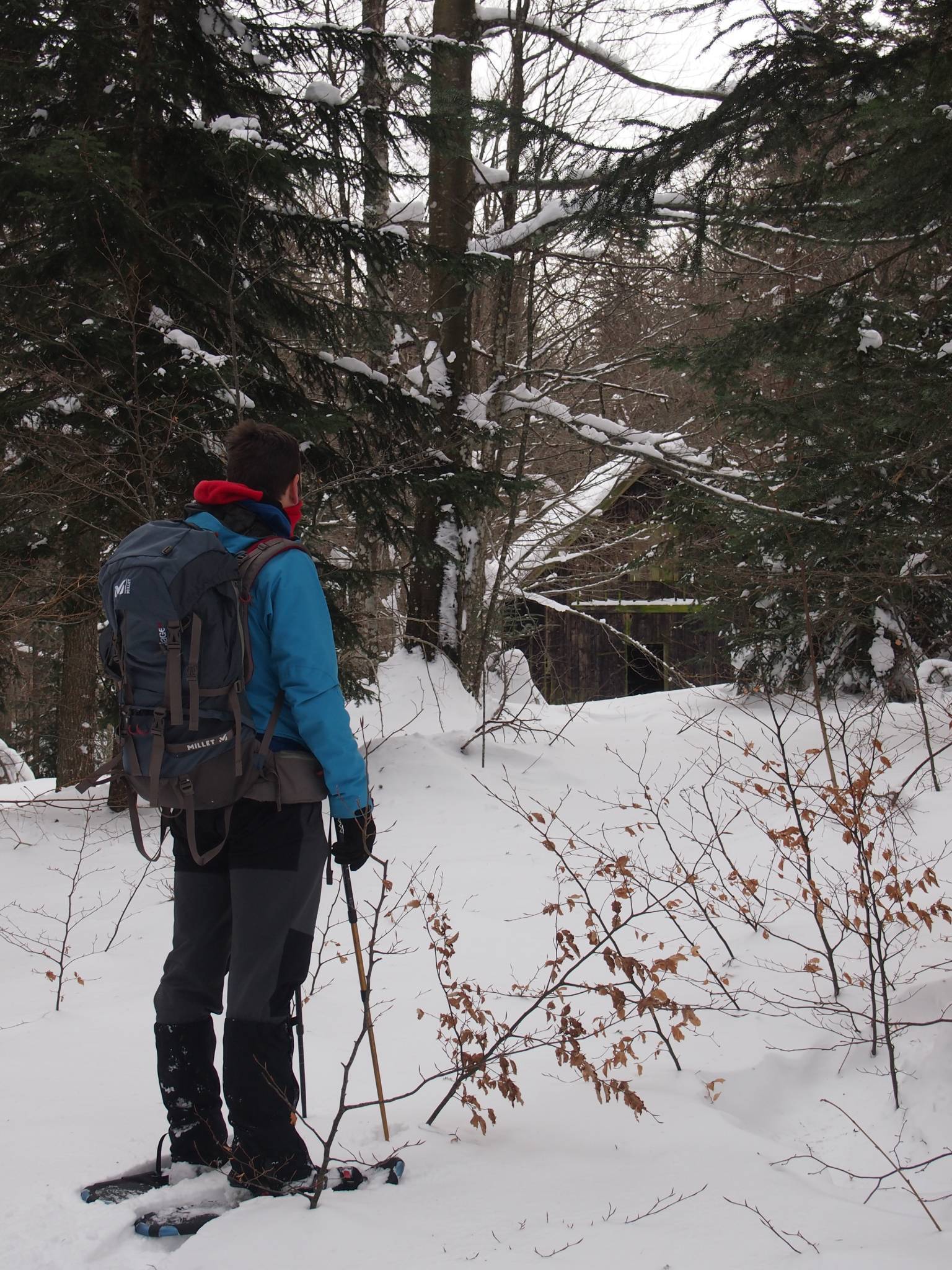Of all the large carnivores in Croatia, only the Eurasian lynx (Lynx lynx) suffered the fate of total extinction. According to available data, this species was completely eliminated from our forests in 1903, when the last member of the lynx species was shot. However, thanks to hunters, who brought three lynx couples from the Slovakian Carpathian Mountains, the species was successfully reintroduced to the woodlands of Kočevje in Slovenia.
Eurasian lynx
After that, the lynx quickly spread to Gorski Kotar and further down, towards Lika and Velebit. The present lynx population in Slovenia, Croatia and Bosnia and Herzegovina was created out of only six members. This fact, i.e., the low level of genetic variation, is the main reason why this species is still endangered in the area of the Dinarides. It poses a challenge to the scientists, who are trying to strengthen the lynx population by bringing in new members from the Carpathian Mountains to Croatia and Slovenia, as part of the European project called “LIFE Lynx”.


There are only 40 to 60 lynxes in the entire Croatia.
The lynx rarely makes noises (it is somewhat noisier during mating season, though). Its presence can be most easily ascertained by the footprints it leaves behind, especially when there is snow.
The pattern of spots is different in each lynx, which enables us to recognize and monitor individual lynxes that are photographed by camera traps.

Foto: Fotozamka JU „Priroda“
The track of an adult lynx has a roundish shape. It is 6.5 cm long and 5.5 cm wide. The claw marks are not visible, unlike in wolf tracks, where claw marks are always visible. When moving, lynxes usually place their hind paw in the print of the front paw.


Foto: M. Modrić
The lynx likes to walk over fallen trunks. Such trail is a sure sign that a lynx has passed by.

Foto: M. Modrić
The lynx scat is longish and oval in shape, fragmented, some 2.5 cm thick. It is full of hair and the lynx usually leaves it on the path, near a larger stone or rock.

Foto: M. Randić
Marking places used by lynxes are human-made. Mostly, these are abandoned forester huts, old wells on forest roads and other easily noticeable objects in space, such as tree stumps on animal paths.


Foto: P. Krstinić i M. Modrić
Karst areas are full of small caves and crevices. Lynxes tend to search these places during winter, when they are searching for food (hibernating dormice, for example). It also seems they snoop around these areas out of sheer curiosity.

Foto: M. Modrić
The lynx usually covers the remains of its meal with a layer leaves, so that opportunistic animals, like bears, who often steal the lynx’s plunder, do not spot them.

Foto: P. Krstinić
Telemetric monitoring using GPS-GSM collars provides us with valuable information. The collar is used throughout one year, after which it automatically falls off the animal. The photo shows Goran Zip, one of the four lynxes fitted with monitoring collars, which were procured by the Public Institution “Priroda”.

Foto: P. Krstinić









